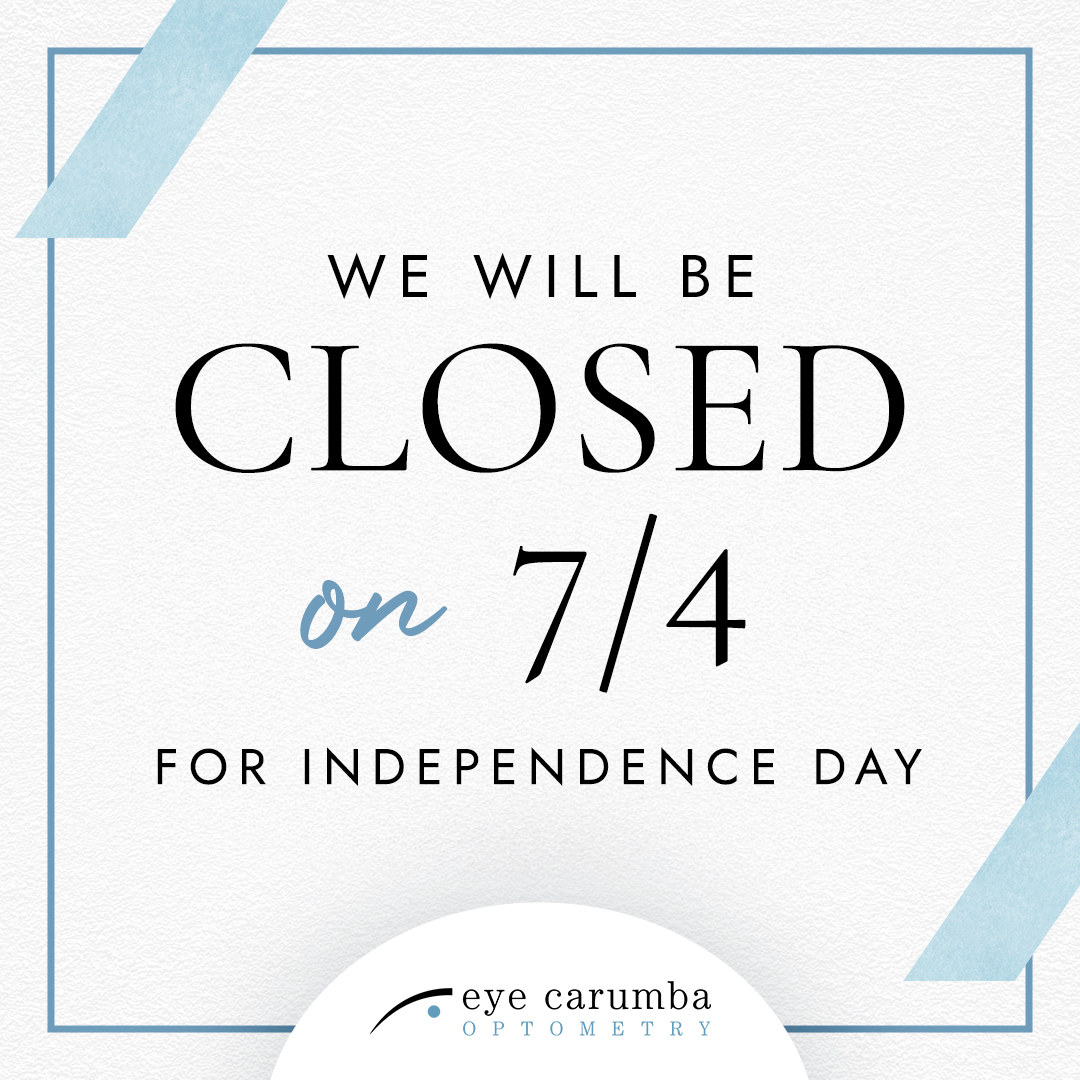
Amblyopia, or lazy eye, is an eye condition characterized by one eye becoming weaker than the other, affecting vision. It occurs in infancy or childhood, with the weaker eye worsening as the brain favors the stronger eye.
The child develops poor sight that, if not treated, worsens over time. Early screening helps ensure prompt and effective treatment. Here's more about amblyopia and what you need to know about lazy eye.
How Amblyopia Affects Children
Amblyopia or lazy eye is a common vision problem affecting two to four percent of children from infancy to 15 years. Children with amblyopia experience blurry vision in the weak eye, while the other usually has a clear vision.
To compensate, the brain ignores one eye, using only the one with clear vision. It allows the weaker eye to deteriorate, affecting overall vision. Sometimes, the condition may not create noticeable problems. However, it can cause permanent vision problems if not detected and treated. Regular eye exams help detect the condition.
Risk Factors for Amblyopia
Some children have a higher risk of developing amblyopia than others. Those at risk include children with a family history of eye health issues and those born prematurely. Other high-risk children are those with developmental disabilities and infants smaller than average at birth. It is crucial to start treatment as early as possible while the eye and brain connections are still developing. Treatment is most effective in early childhood.
Conditions That Cause Amblyopia
Amblyopia is caused by a difference in focusing ability in the two eyes. Other vision problems can cause the condition. Treating the underlying conditions is crucial. They include refractive errors such as myopia, hyperopia, astigmatism, and strabismus or crossed eyes.
Other structural problems include cataracts, astigmatism, corneal scars, and droopy eyelid. Early diagnosis of astigmatism helps ensure that the treatment is effective.
Symptoms of Amblyopia
Amblyopia is not obvious and can go undetected until the child’s vision is tested. However, the child may exhibit some symptoms that point to amblyopia. Some of the symptoms are:
- Bumping into things on one side while walking.
- Having crossed eyes.
- Favoring one side of the body.
- Experiencing a significant difference in refractive error between the two eyes.
- Tilting the head to one side.
- Having a droopy eyelid.
- Frequent squinting or shutting one eye.
Treatment for Amblyopia
When diagnosed and treated early, patients can expect a full recovery. Regular vision screening from the age of six months helps detect the condition. If a child is diagnosed with amblyopia, there are several treatment options, including:
- Eyeglasses to improve the refractive error.
- Eye patches. Covering the strong eye to allow the other to become stronger.
- Atropine eye drops.
- Bangerter filter.
A special filter is applied to the stronger eye’s glass lens, blurring it. Surgery is rare but is recommended to treat cataracts and other structural issues.
Amblyopia cannot be prevented, but treatment can help prevent the worsening of the condition. It can also help improve the child’s eyesight. Scheduling regular eye exams for your child is the best way to ensure good vision and eye health. The condition is much harder to treat in older children.
For more on amblyopia and what you need to know about lazy eye, visit Eye Carumba Optometry at our San Francisco, California office. Call 415.360.6900 to schedule an appointment today.







